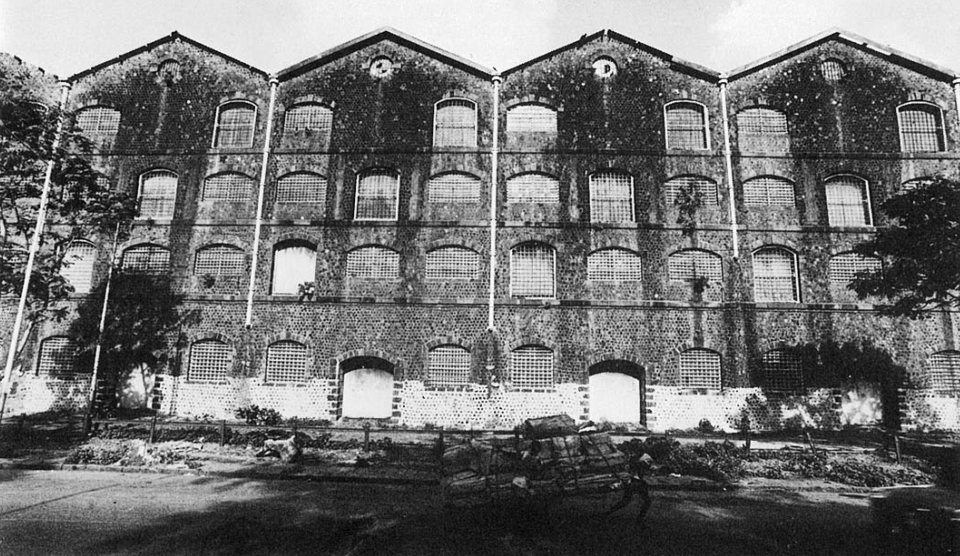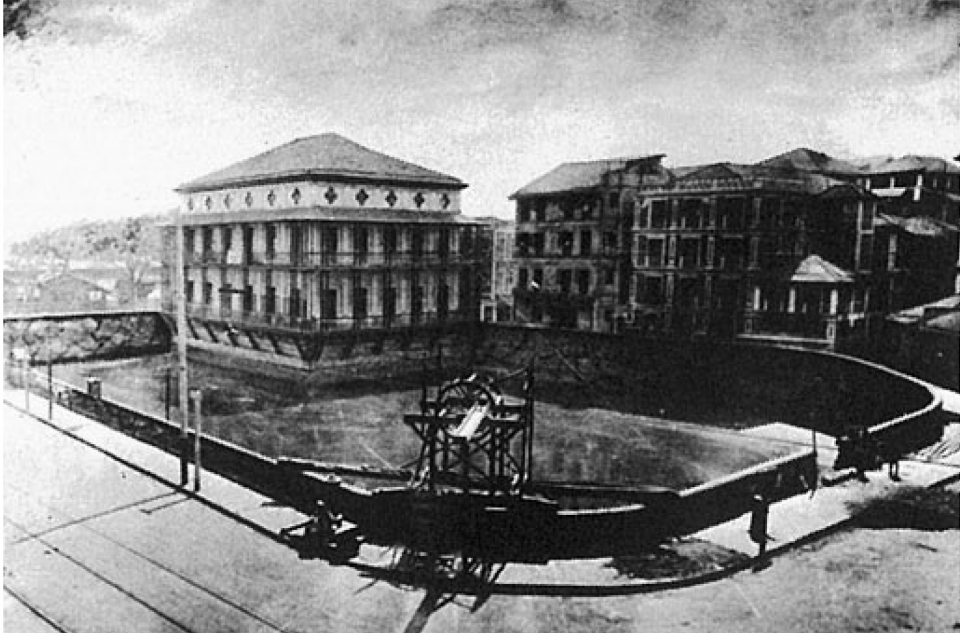The Industrial Revolution in England brought in its wake a parallel development in India. As trade grew, there was increased port activity, necessitating the building of extensive docks, shipping facilities and huge warehouses to store goods. Around these nucleii grew new urban centres: Calcutta, Madras, Bombay; and further east of India: Singapore, Hong Kong, Sydney. Each of these precipitated a rapid concentration of population, becoming within a few decades the giant metropolii we know today.
The concentration of population that comes with urbanisation has changed the demographic patterns across much of Asia. For us in India it has been a two-edged sword: creating on one hand the considerable range of skills that urbanisation generates, and on the other the dense (and too often squalid) concentrations of population that exist in so many of our cities.



